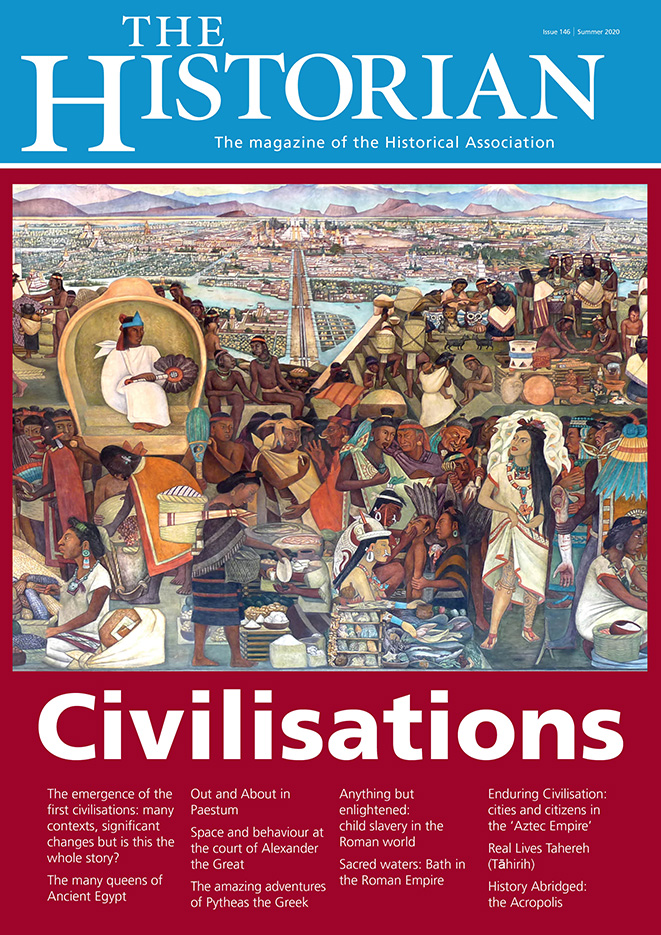

A volcanic eruption is quite another, for, as the journalist who does a framing voice-over narration for Brooks’ latest puts it, when Mount Rainier popped its cork, “it was the psychological aspect, the hyperbole-fueled hysteria that had ended up killing the most people.” Maybe, but the sasquatches whom the volcano displaced contributed to the statistics, too, if only out of self-defense. There’s a new Queen of the Night in town, and she’s taking no prisoners.Īre we not men? We are-well, ask Bigfoot, as Brooks does in this delightful yarn, following on his bestseller World War Z (2006).Ī zombie apocalypse is one thing. but also for librarians archivists,” and the universal fear and loathing he evoked are complicated by information “that monks traveled with Dracula’s remains, and that he was probably buried in a monastery.” All is explained in a smashing climax and an ironic epilogue, which suggests that a pact between forces of good and evil has kept the ancient evil alive and well to this day.Īnne Rice, beware. The notorious barbarian’s excesses coexisted with his “predilection not only for the best of the academic world. The story settles into a hypnotic dual rhythm as the narrator seeks her father (who seems to be hunting for Rossi) throughout Istanbul and the Balkans, accompanied by Helen, a young scholar pursuing her own agenda-while testimony from both Paul’s letters to his narrator-daughter and Rossi’s to him reveal Vlad Tepes’s unearthly ambivalence. We learn, piecemeal, about Paul’s mentor Bartolomeo Rossi’s fascination with the Dracula story (and its little understood relation to the history of the Ottoman Empire), Rossi’s unexplained disappearance and the alarming fact that people interested in obscure manuscripts keep turning up dead (if not undead).

The image of a huge dragon and the word “Drakulya” thus stimulate her excited questions, her father’s initially evasive responses and his gradual disclosures of intersecting scholarly researches into a centuries-old enigma: the unknown location of the tomb bloodthirsty warlord Vlad Tepes (whose atrocities inspired Bram Stoker’s ur-vampire) is buried in, though perhaps not resting in peace. Kostova’s unnamed narrator, a brainy schoolgirl whose education has benefited from European travels required by her father Paul’s pacifist foundation, kick-starts the narrative when she happens upon an old book that features a striking woodcut illustration. An intricately plotted first novel, ten years in the making, lavishly reworks the Dracula legend.


 0 kommentar(er)
0 kommentar(er)
